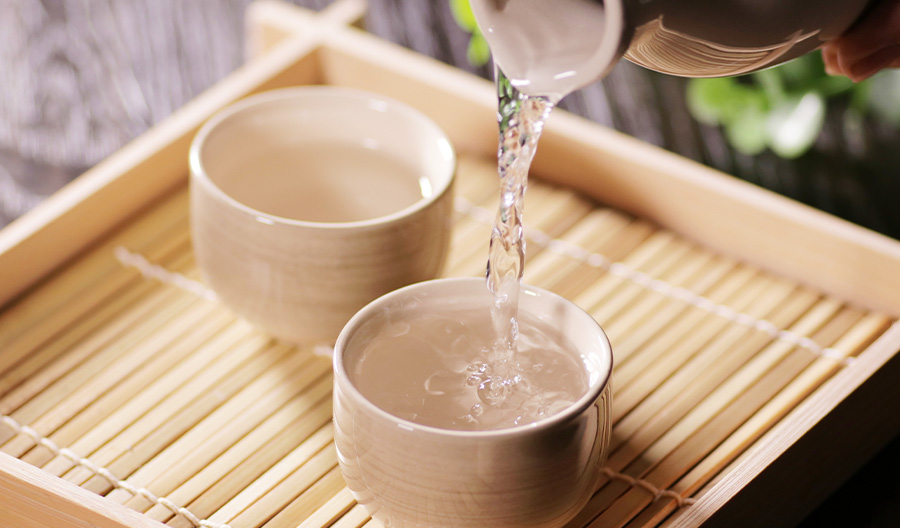When it comes to the world of fine beverages, few can rival the elegance and complexity of saké. As the national drink of Japan, sake has captivated palates around the globe. Behind the scenes of this remarkable libation lies an ancient secret ingredient that is key to its creation: koji mold. Let's look at the significance of koji mold insaké production, exploring its role in shaping the unique characteristics that define this beloved beverage.
Crafting saké is a meticulous process that requires skill, patience, and attention to detail. At its core, saké production involves fermenting rice to convert its starches into sugars, which can then be transformed into alcohol. While this may sound straightforward, the magic truly begins with the addition of koji mold.
Koji mold, scientifically known as Aspergillus oryzae, is a type of filamentous fungus that plays a central role in the saké-making process. This remarkable mold possesses the ability to break down complex carbohydrates in rice into simpler sugars, aiding in the fermentation process. Through a natural enzymatic action, koji moldreleases amylase, protease, and other enzymes that convert rice starches into fermentable sugars, enabling the subsequent transformation into alcohol.

To create koji, steamed rice is inoculated with koji mold spores and allowed to incubate under controlled conditions for a specific period. During this time, the mold's enzymes penetrate the rice grains, transforming them into koji. The resulting koji serves as the catalyst for fermentation, as it provides the necessary sugars for yeast to convert into alcohol. This unique symbiotic relationship between kojimold and yeast is fundamental to saké production.
Koji mold not only facilitates the fermentation process but also contributes significantly to the depth of flavor and complexity found in sake. The enzymatic activity of the mold generates a myriad of aromatic compounds, amino acids, and organic acids that shape thetaste profile of the final product. These compounds contribute to thedelicate balance of sweetness, acidity, and umami, which are distinctive characteristics of premium sake
Throughout history, saké producers have revered koji mold for its transformative powers. Its significance can be traced back over a thousand years when sake was first crafted in Japan. However, even in contemporary times, koji mold remains indispensable, with traditional methods blending harmoniously with modern techniques to produce exceptional sake varieties.
In the world of sake production, the importance of koji mold cannot be overstated. This humble mold acts as the catalyst that brings together the rich flavors, enticing aromas, and exquisite balance found in every sip of sake. As we raise our glasses to celebrate this exceptional beverage, let us not forget the pivotal role that magical koji mold plays in creating a timeless tradition that continues to captivate and delight enthusiasts worldwide.

